Introduction to Vintage Shopping
Vintage shopping has become increasingly popular among fashion enthusiasts and individuals looking for unique clothing pieces that stand out from mainstream trends. This article delves into the world of vintage shopping, providing valuable tips on where to find one-of-a-kind and retro clothing items.
Benefits of Vintage Shopping
Quality and Craftsmanship One of the key benefits of vintage clothing is the superior quality and craftsmanship compared to mass-produced modern garments. Many vintage pieces are handcrafted with attention to detail, ensuring durability and timeless appeal.
Unique Style Vintage clothing offers a distinct style that allows individuals to express their personality and creativity. By incorporating vintage pieces into their wardrobe, people can create outfits that are truly unique and showcase their individuality.
Environmental Sustainability Choosing vintage clothing also promotes environmental sustainability by reducing waste and the need for new manufacturing. It’s a more eco-friendly option compared to fast fashion, contributing to a more sustainable fashion industry.
Where to Find Vintage Clothing
Thrift Stores Thrift stores are treasure troves for vintage clothing enthusiasts. These stores offer a wide range of pre-loved garments, accessories, and even vintage furniture at affordable prices. Exploring thrift stores can lead to exciting finds from different eras.
Vintage Boutiques For a curated selection of vintage clothing and accessories, vintage boutiques are ideal destinations. These specialty stores often carry unique pieces that have been carefully selected and curated by experts, ensuring authenticity and quality.
Online Platforms The digital age has made vintage shopping more accessible through online platforms such as Etsy, eBay, and specialized vintage clothing websites. These platforms allow shoppers to browse a vast selection of vintage items from various sellers worldwide, offering convenience and a diverse range of options.
Tips for Successful Vintage Shopping
Know Your Style Before diving into vintage shopping, it’s essential to have a clear understanding of your personal style preferences. Knowing what styles, colors, and eras you resonate with will guide your search and help you make informed purchasing decisions.

Check for Quality When examining vintage clothing pieces, pay close attention to the quality of fabrics, stitching, and overall condition. Look for signs of wear or damage and assess whether any repairs or alterations are needed.
Inspect for Damage Inspect garments thoroughly for stains, tears, or missing buttons. Minor flaws can often be fixed, but major damage may affect the garment’s overall integrity and wearability.
Consider Alterations Keep in mind that vintage clothing may not always fit perfectly off the rack. Consider alterations to tailor the garment to your measurements and enhance its fit and comfort.
Be Patient and Persistent Vintage shopping requires patience and persistence, especially when searching for specific items or rare finds. Take your time exploring different shops and online listings to discover hidden gems.
Popular Vintage Clothing Eras
1920s-1930s: The Jazz Age Characterized by flapper dresses, Art Deco influences, and intricate beading, the 1920s and 1930s offer elegant and glamorous vintage fashion options.
1940s-1950s: Post-War Fashion The post-war era brought forth classic silhouettes, tailored suits, and feminine dresses with cinched waists, reflecting a blend of practicality and elegance.
1960s-1970s: Hippie and Bohemian Styles The 1960s and 1970s were marked by free-spirited, bohemian fashion trends, including psychedelic prints, maxi dresses, bell-bottoms, and fringe details.
1980s-1990s: Retro and Streetwear The 1980s and 1990s introduced bold colors, oversized silhouettes, denim jackets, graphic tees, and elements of streetwear, creating a vibrant and nostalgic vintage aesthetic.
Maintaining Vintage Clothing
Proper Storage To preserve the quality of vintage clothing, store items in a cool, dry place away from direct sunlight and moisture. Use padded hangers for delicate garments and avoid overcrowding in closets or storage containers.
Cleaning and Care Follow specific care instructions for each vintage piece, as materials and construction methods may vary. Dry cleaning or gentle hand washing may be required, and avoid using harsh chemicals or techniques that could damage delicate fabrics.
Conclusion
Vintage shopping offers a unique and sustainable approach to fashion, allowing individuals to embrace diverse styles from different eras while reducing environmental impact. By following these tips and exploring various vintage sources, you can build a wardrobe filled with timeless pieces that reflect your personal style and creativity.

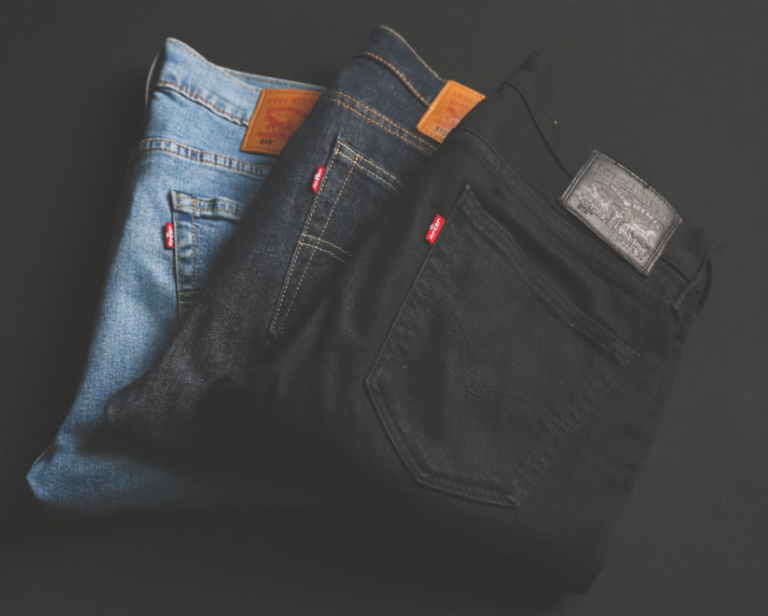


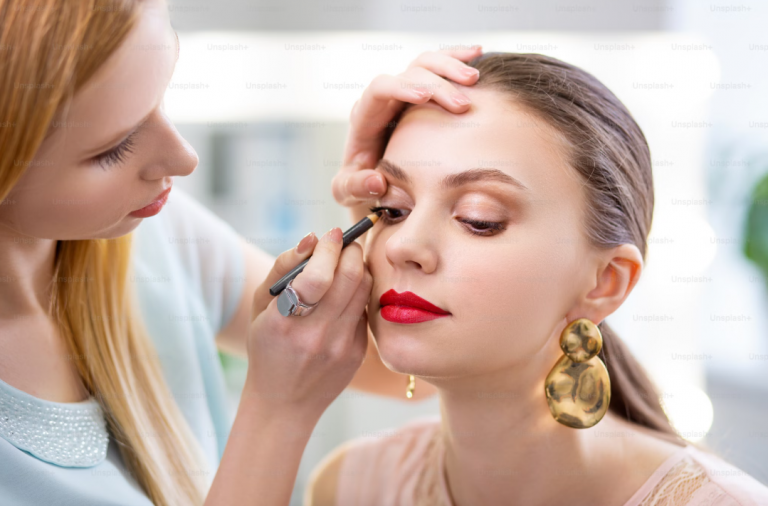

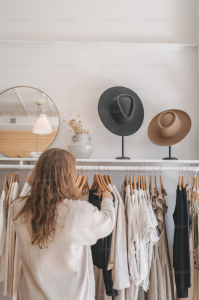
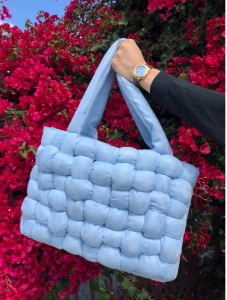


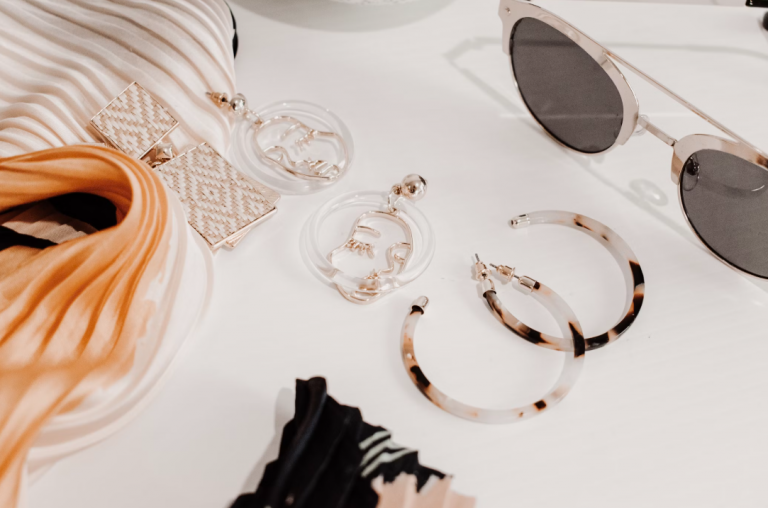

+ There are no comments
Add yours